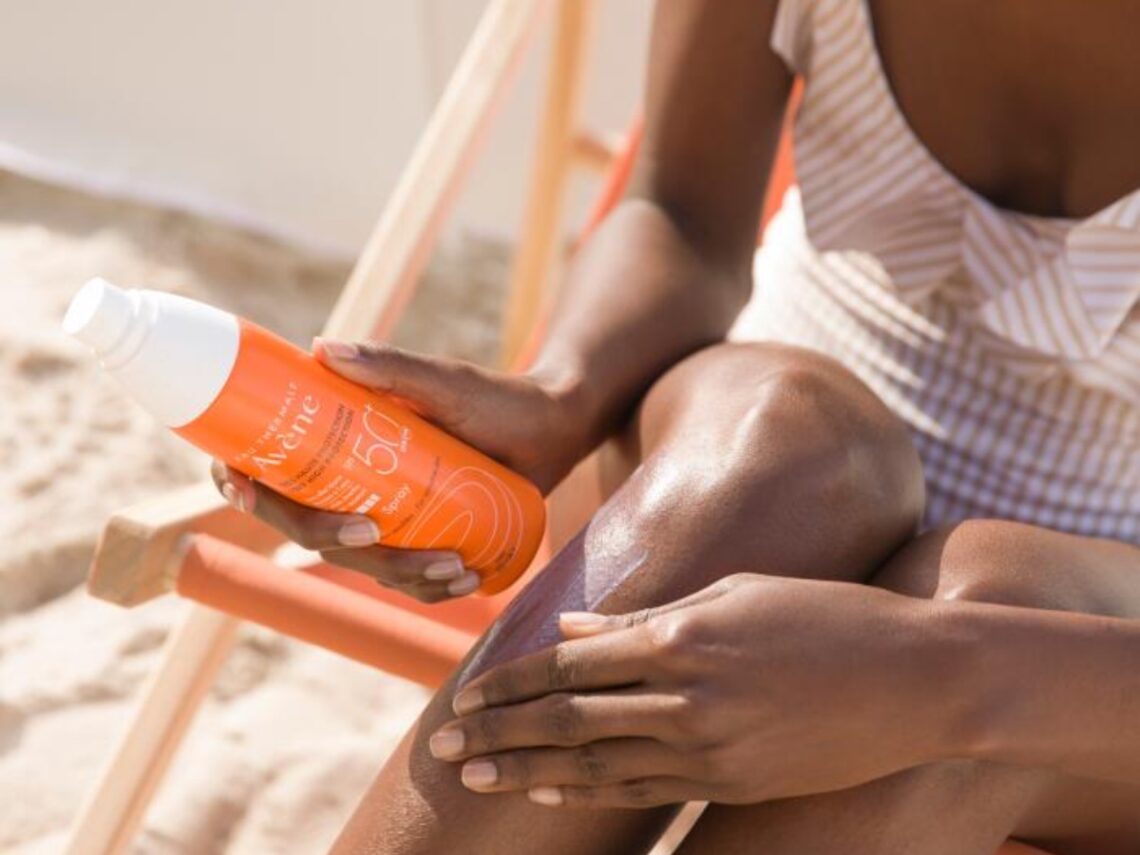
Sun capital – The benefits and harms of sun on the skin
What does the term "sun capital" mean?
The term sun capital refers to the amount of UV radiation that the skin can withstand before it is damaged. This ability is genetically determined at birth and varies according to the phototype. Our solar capital is limited: at the age of 20, we have already exhausted 50% of our capacity. The term “sun capital” also indirectly refers to the arsenal of defense mechanisms that the skin has to fight the harmful effects of the sun, such as sunburn and skin aging. It is acquired at birth, cannot be renewed and depends on the phototype of each individual. Each skin type has its own characteristics and different reactions to the sun.
What affects your sun capital?
The sunr capital of each person depends on many factors.
Skin phototype
With great sensitivity to the sun, the open phototypes (phototypes I and II) have a very low solar capital. Unlike darker skin tones (phototypes IV or V), the intensity of their tan and the capacity of their melanocytes during their lifetime is limited. The more melanin a person naturally has, the larger their solar capital and the better equipped the person is to face the sun.
Your history matters
People who have suffered multiple sunburns during childhood see their sun capital diminish over the years as the sun’s effects on the skin are cumulative and the skin remembers these assaults. And watch out for the butterfly effect: a sunburn in childhood can turn into skin cancer in adulthood.
The environment
Stress, smoking, pollution and a diet low in antioxidants encourage the proliferation of free radicals. These are free electrons that travel around the body and are responsible for aging the skin, contributing to its dryness, making it less able to tan.
Melanomas are directly related to the way you take care of your sun
Although there are various factors (chemical, physical, pharmaceutical, nutritional, viral), the intense and repeated exposure of certain parts of the body to the sun seems that plays a key role in the appearance of melanomas. That’s why it’s important to protect yourself from the sun, respecting the sun exposure rules and choosing good sun protection. This is especially true for people of phototype groups I and II, who are particularly susceptible to melanomas: prevention by its self is not enough to delay the onset of this skin cancer, which is one of the most serious. UV exposure has cumulative effects, meaning they add up or build up over time. Skin wear and tear begins at a young age and, although it is not visible, increased throughout our lives. It is generally accepted that it takes 10 to 15 years of excessive sun exposure to cause cancer. So take care of your solar capital!
